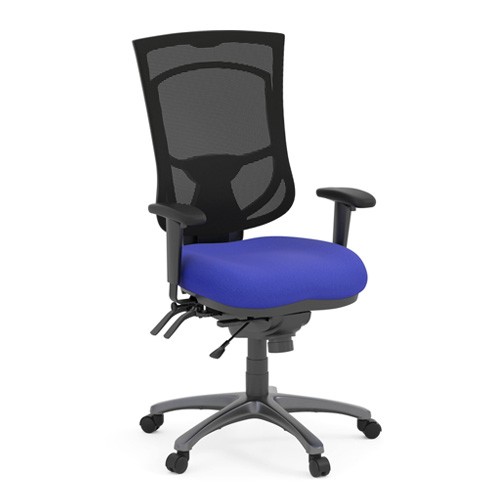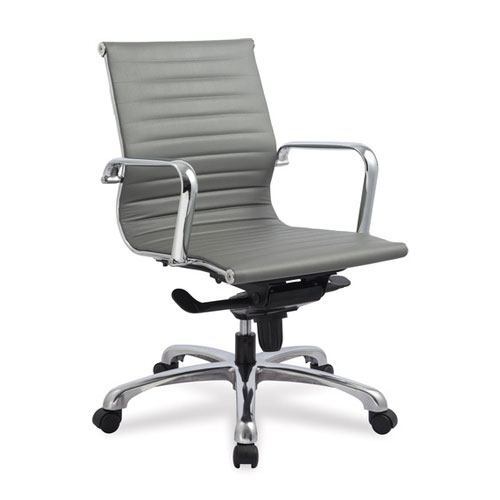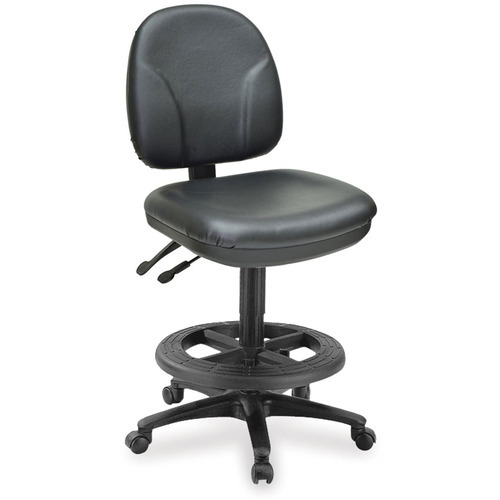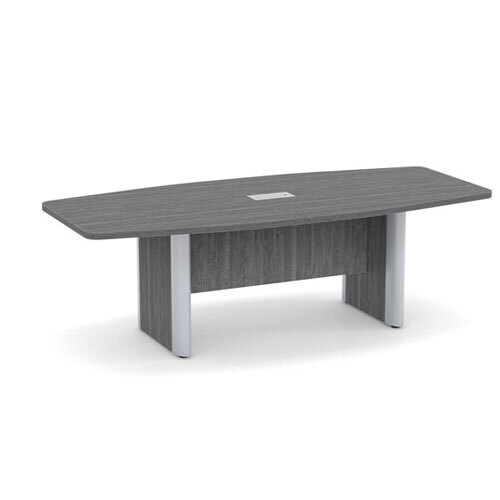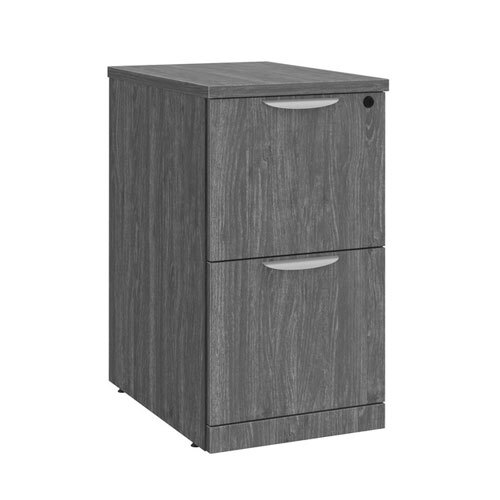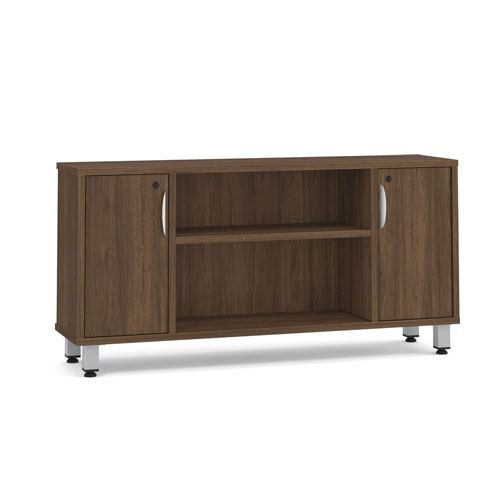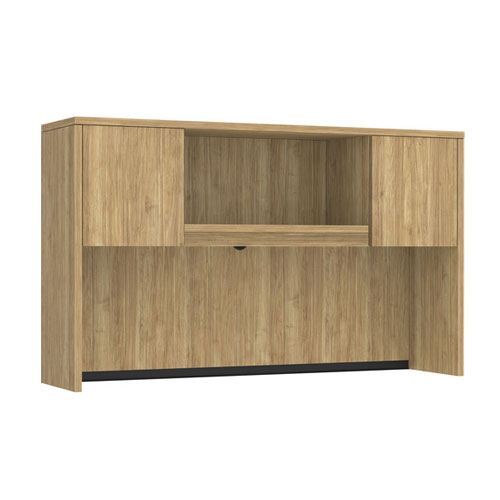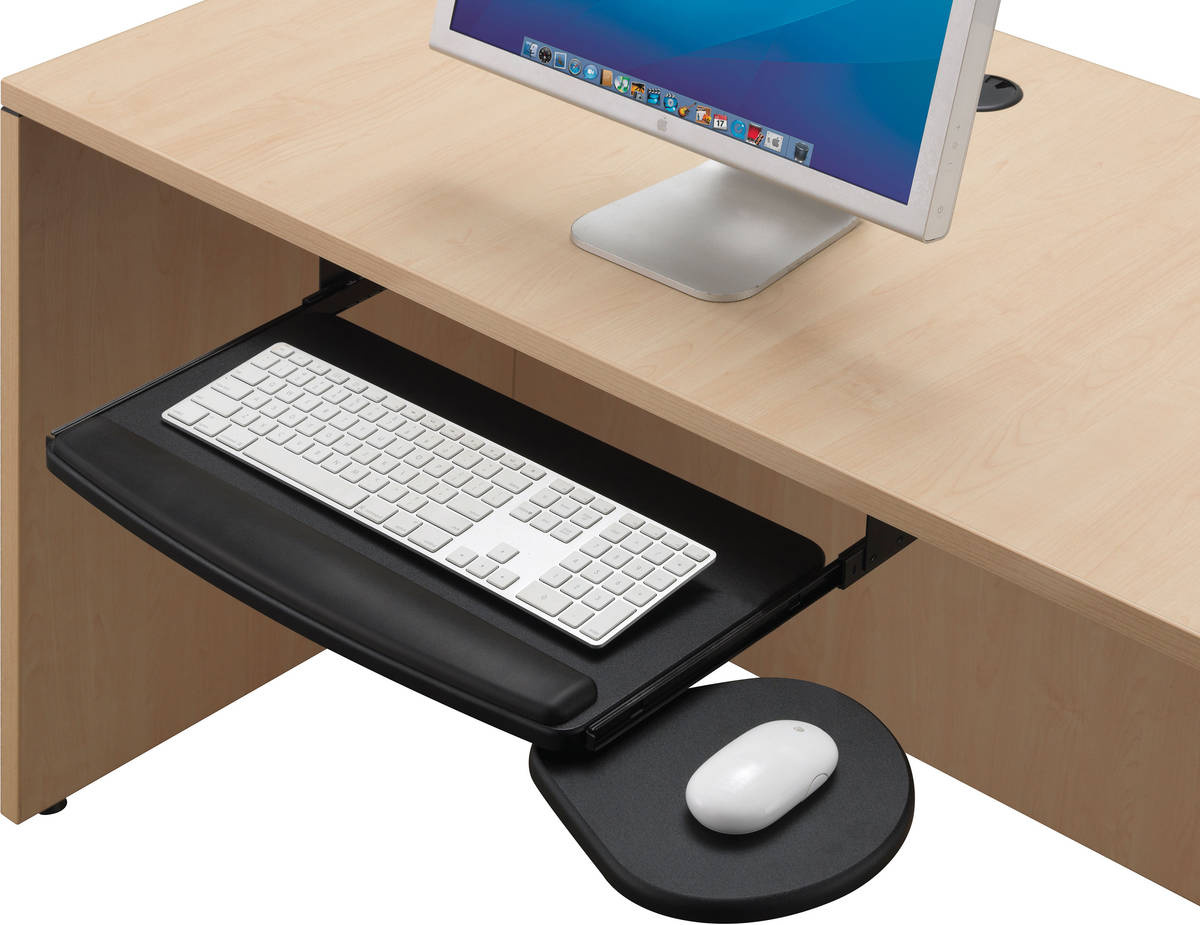Conference and Boardroom Tables
Shop All Conference and Boardroom Tables
Classic Racetrack Conference Table 6 Ft - Aspen
p/n: CLART3135NAPNAPN
Classic Racetrack Conference Table 6 Ft - Espresso
p/n: CLART3135NESPESP
Classic Racetrack Conference Table 6 Ft - Modern Walnut
p/n: CLART3135NMWNMWN
Classic Racetrack Conference Table 6 Ft - Newport Grey
p/n: CLART3135NNPGNPG
Classic Conference Table 4 Ft with Cube Base - Aspen
p/n: CUBSQ2139NAPNAPN
Classic Conference Table 4 Ft with Cube Base - Aspen with White Base
p/n: CUBSQ2139NAPNWHT
Classic Conference Table 4 Ft with Cube Base - Espresso
p/n: CUBSQ2139NESPESP
Classic Conference Table 4 Ft with Cube Base - Espresso with White Base
p/n: CUBSQ2139NESPWHT
Classic Conference Table 4 Ft with Cube Base - Modern Walnut
p/n: CUBSQ2139NMWNMWN
Classic Conference Table 4 Ft with Cube Base - Modern Walnut with White Base
p/n: CUBSQ2139NMWNWHT
Classic Conference Table 4 Ft with Cube Base - Newport Grey
p/n: CUBSQ2139NNPGNPG
Classic Conference Table 4 Ft with Cube Base - Newport Grey with White Base
p/n: CUBSQ2139NNPGWHT
Classic Racetrack Conference Table 8 Ft - Aspen
p/n: CLART3136NAPNAPN
Classic Racetrack Conference Table 8 Ft - Espresso
p/n: CLART3136NESPESP
Classic Racetrack Conference Table 8 Ft - Modern Walnut
p/n: CLART3136NMWNMWN
Classic Racetrack Conference Table 8 Ft - Newport Grey
p/n: CLART3136NNPGNPG
Signature Racetrack Conference Table 6 Ft - Aspen with Black Metal Legs
p/n: SIGRT3135NAPNAPNBLK
Signature Racetrack Conference Table 6 Ft - Aspen with Natural Oak Legs and Black Hardware
p/n: SIGRT3135NAPNAPNBLKNO
Signature Racetrack Conference Table 6 Ft - Aspen with Silver Metal Legs
p/n: SIGRT3135NAPNAPNSIL
Signature Racetrack Conference Table 6 Ft - Espresso with Black Metal Legs
p/n: SIGRT3135NESPESPBLK
Set the tone for all your meetings with Conference and Boardroom Tables from Source. Whether you’re hosting big team discussions or making important decisions, the right table helps create an environment that encourages collaboration and productivity. From modern, minimalist designs to more traditional looks, there’s a boardroom table for every conference room.
Why Choose Source Office Furniture
Source has tables for every boardroom, with a wide range of sizes and shapes designed to make in-person meetings better. If you're unsure which conference table suits your space, our experts are here to guide you through key considerations like room layout, attendee capacity, spatial clearances, and more.











